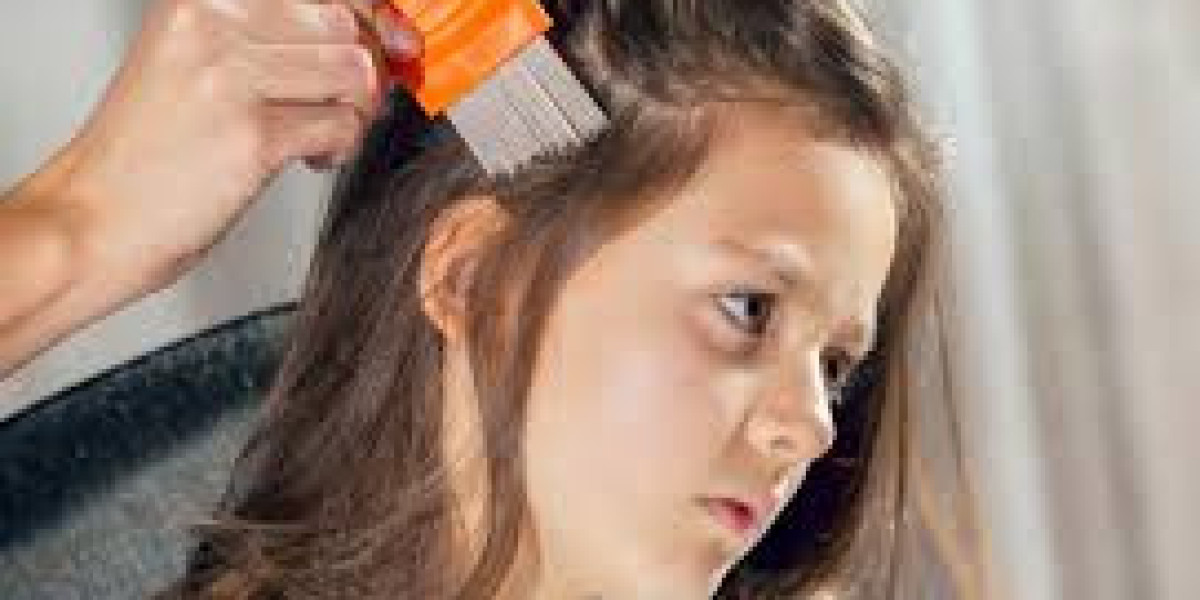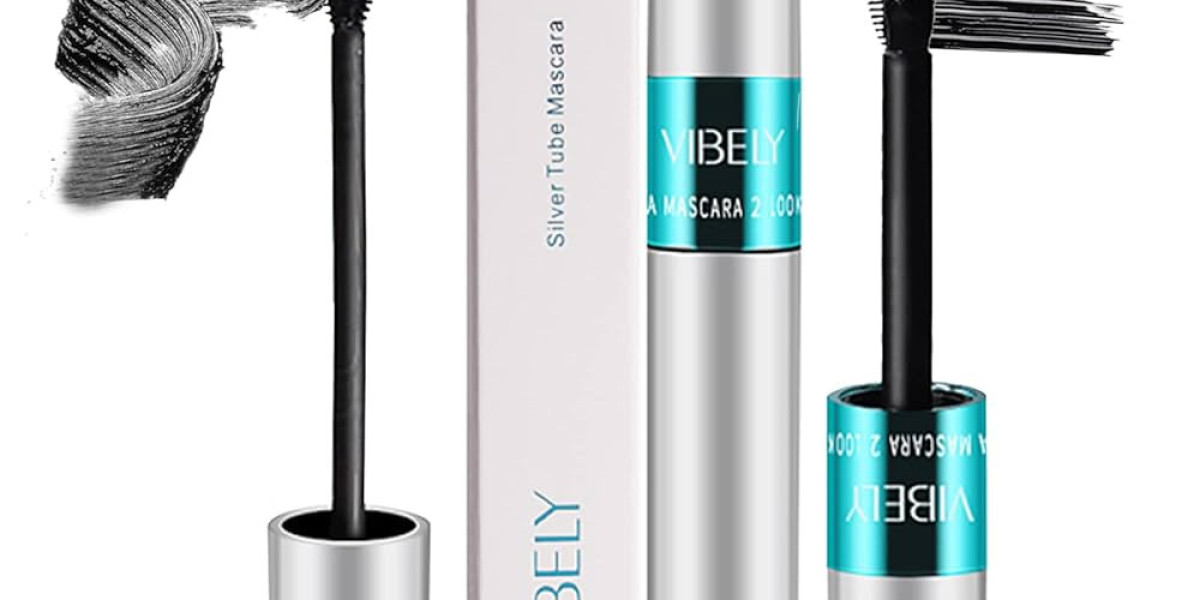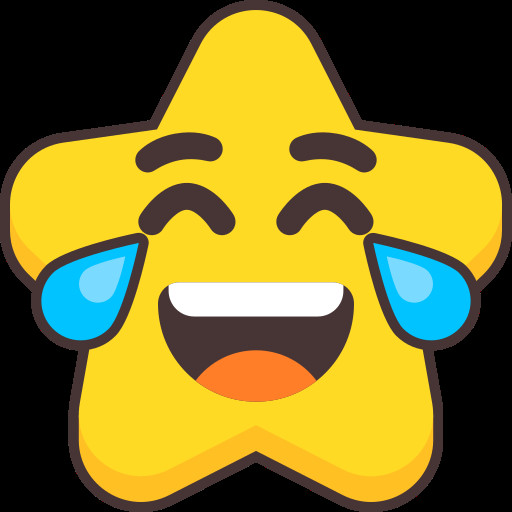Managing head lice can be challenging, especially when someone has long hair. Long hair provides more surface area for lice to cling to, making infestations harder to detect and remove. If you are looking for effective lice treatment, understanding the proper techniques, products, and routines is essential. Treating long hair requires patience, attention to detail, and sometimes a combination of methods to ensure that lice and nits are fully removed.
Long hair doesn’t make someone more likely to get lice, but it does make treatment more time-consuming. Lice are tiny parasites that live on the scalp and feed on human blood. They attach their eggs, called nits, to individual hair strands close to the scalp, making them harder to remove in long, thick hair. This article explores practical strategies for treating long hair, covering chemical and natural treatments, combing techniques, and home care to prevent reinfestation.
Why Long Hair Requires Special Care
Long hair can make lice treatment more complicated for several reasons. First, it is easier for lice to move undetected through long strands. Second, nits are harder to remove because they are tightly attached near the scalp. Third, applying lice treatment evenly can be tricky in thick, long hair, and missed areas can allow lice to survive and reproduce.
When treating long hair, thoroughness is essential. Simply applying a product or combing once is rarely enough. Consistent care and repeated checks are key to success. Parents and caregivers must set aside time and use effective tools to ensure that treatment is complete and that lice do not return.
Choosing the Right Lice Treatment
There are many options for lice treatment, including over-the-counter shampoos, prescription medications, and natural remedies. Each has its advantages and disadvantages, especially when used on long hair.
Chemical Treatments
Chemical treatments, like permethrin-based shampoos, are popular because they kill lice quickly. These treatments work best when hair is sectioned and the product is applied evenly from the scalp to the ends. Long hair requires more product than short hair, and it is important to follow the instructions carefully.
Chemical treatments can be very effective, but they must be combined with thorough combing. Lice eggs may survive chemical treatment, and if not removed, they can hatch and restart the infestation.
Natural Treatments
Some families prefer natural remedies, such as tea tree oil, coconut oil, or special essential oil blends. These treatments are often gentler on the scalp and can help loosen nits, making combing easier. However, natural treatments may be less effective at killing lice compared to chemical solutions.
When using natural remedies on long hair, apply the product section by section to ensure coverage. Oils can also make hair easier to manage during combing but may require repeated applications to fully remove lice and nits.
Combing Techniques for Long Hair
Combing is one of the most effective ways to remove lice and nits from long hair. A fine-toothed lice comb is essential for this process. Combing should be done carefully, slowly, and systematically to cover the entire scalp and hair length.
Start by dividing the hair into small sections. Work through each section from scalp to ends, making sure the comb touches the scalp. Wipe the comb on a paper towel after each pass to check for lice or nits. Repeat this process every two to three days until no lice are detected for at least two weeks.
Combing may feel tedious, especially with long hair, but skipping or rushing this step can result in reinfestation. Patience and consistency are critical for success.
Tips for Easier Combing
Wet hair is easier to comb, so apply a conditioner or detangling spray before starting. Use clips to keep sections separate and manageable. Make sure the comb is fine enough to catch nits as well as lice. Consider having two people work together: one to hold sections and the other to comb. This approach saves time and ensures thorough treatment.
Supporting Treatments at Home
Long hair requires extra care beyond just applying lice treatment or combing. Proper cleaning of household items and personal belongings can prevent reinfestation.
Bedding, hats, scarves, and towels should be washed in hot water or placed in a hot dryer cycle. Items that cannot be washed can be sealed in plastic bags for a few days to ensure that lice and nits die. Vacuuming furniture and carpets where hair may fall is also useful.
Regular monitoring of hair is important. Checking for lice and nits daily during treatment ensures early detection if any lice survive. Early detection reduces the chance of the infestation spreading or becoming more difficult to manage.
Tips for Managing Long Hair During Treatment
Long hair can be a challenge, but with a few practical tips, the process can be more manageable.
Keep Hair Tied Back: Braiding or tying hair in a ponytail reduces lice mobility and helps contain any loose lice.
Section Hair Carefully: Dividing hair into small sections ensures thorough treatment and makes combing easier.
Use Adequate Product: Long hair may require more treatment solution than short hair to cover all areas evenly.
Schedule Treatment Wisely: Set aside uninterrupted time for treatment and combing. Rushing the process increases the risk of missing lice or nits.
Be Consistent: Repeat combing and treatment as directed to fully eliminate lice from long hair.
Chemical vs. Natural Approaches for Long Hair
When treating long hair, both chemical and natural approaches have pros and cons.
Chemical Treatments
Chemical treatments are usually faster and more reliable at killing adult lice. They are ideal for severe infestations or when time is limited. However, chemical treatments may irritate the scalp and sometimes cause allergic reactions. Following instructions carefully is essential to prevent side effects and ensure effectiveness.
Natural Treatments
Natural treatments are gentler on the scalp and may provide conditioning benefits for long hair. Oils can loosen nits and make combing easier. The downside is that natural remedies often take longer to show results and require more patience and repeated applications. They may not be sufficient for severe infestations without combining with combing or other methods.
Preventing Reinfestation
Prevention is key when managing long hair. Regular hair checks, especially for school-aged children, can catch lice early. Avoid sharing hair accessories, hats, or combs. Keeping hair tied back reduces contact with lice. Educating children about not sharing personal items helps reduce the spread of lice.
Regular combing can also serve as a preventive measure. Even when no lice are detected, occasional combing with a fine-toothed comb ensures early detection if lice appear.
When to Seek Professional Help
Some lice infestations are difficult to treat at home, particularly with long hair. If over-the-counter treatments or home remedies fail, consulting a healthcare provider or professional lice removal service is recommended. Professionals can assess lice treatment the situation, recommend appropriate treatments, and provide guidance for thorough combing and home care.
Persistent infestations, resistance to chemical treatments, or recurring lice may require professional advice. A professional can also demonstrate effective combing techniques for long hair, making the process easier and more successful.
FAQs About Lice Treatment for Long Hair
Can long hair make lice treatment harder?
Yes. Long hair requires more thorough treatment, careful combing, and more time to ensure lice and nits are fully removed.
How often should long hair be combed during treatment?
Combing every two to three days is recommended until no lice are detected for at least two weeks.
Are chemical treatments safe for children with long hair?
Chemical treatments are generally safe when used as directed, but children with sensitive scalps should be monitored for irritation.
Can natural treatments fully remove lice from long hair?
Natural treatments can help, but combing and home care are essential to completely remove lice and nits.
Is it necessary to cut long hair for lice treatment?
No. Cutting hair is not required. Combing and proper treatment are sufficient, though tying hair back can make the process easier.
Conclusion
Treating long hair for lice requires patience, care, and consistent effort. Effective lice treatment involves selecting the right products, using careful combing techniques, and maintaining proper home hygiene to prevent reinfestation. Chemical treatments are fast and reliable, while natural remedies are gentler but may require more time and effort. Regardless of the approach, dividing hair into sections, combing thoroughly, and repeating treatment as needed are key strategies for success.
With proper planning and attention to detail, even long hair can be treated effectively without unnecessary stress. Monitoring, prevention, and consistent care help ensure that lice are fully removed and do not return, keeping children comfortable and lice-free.















